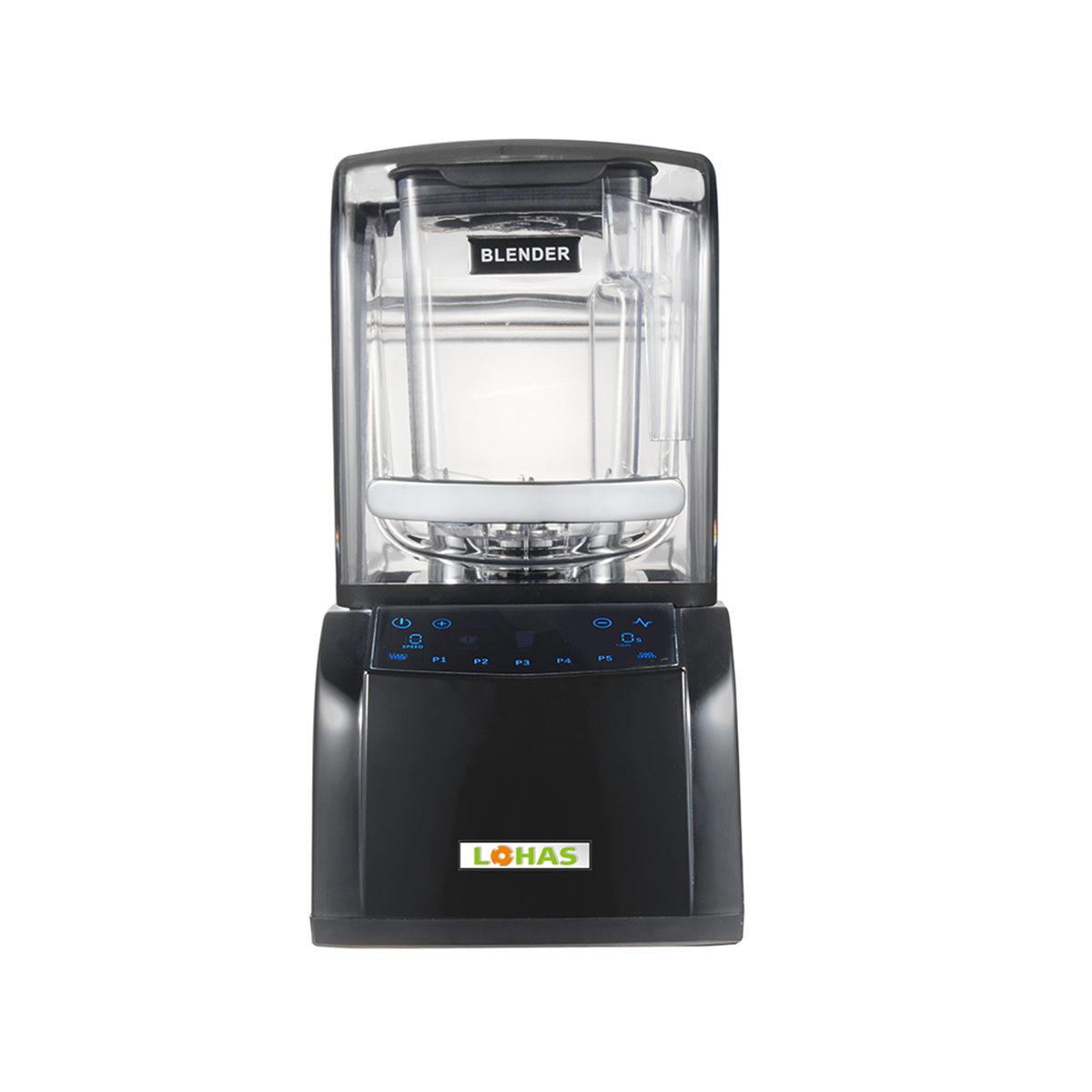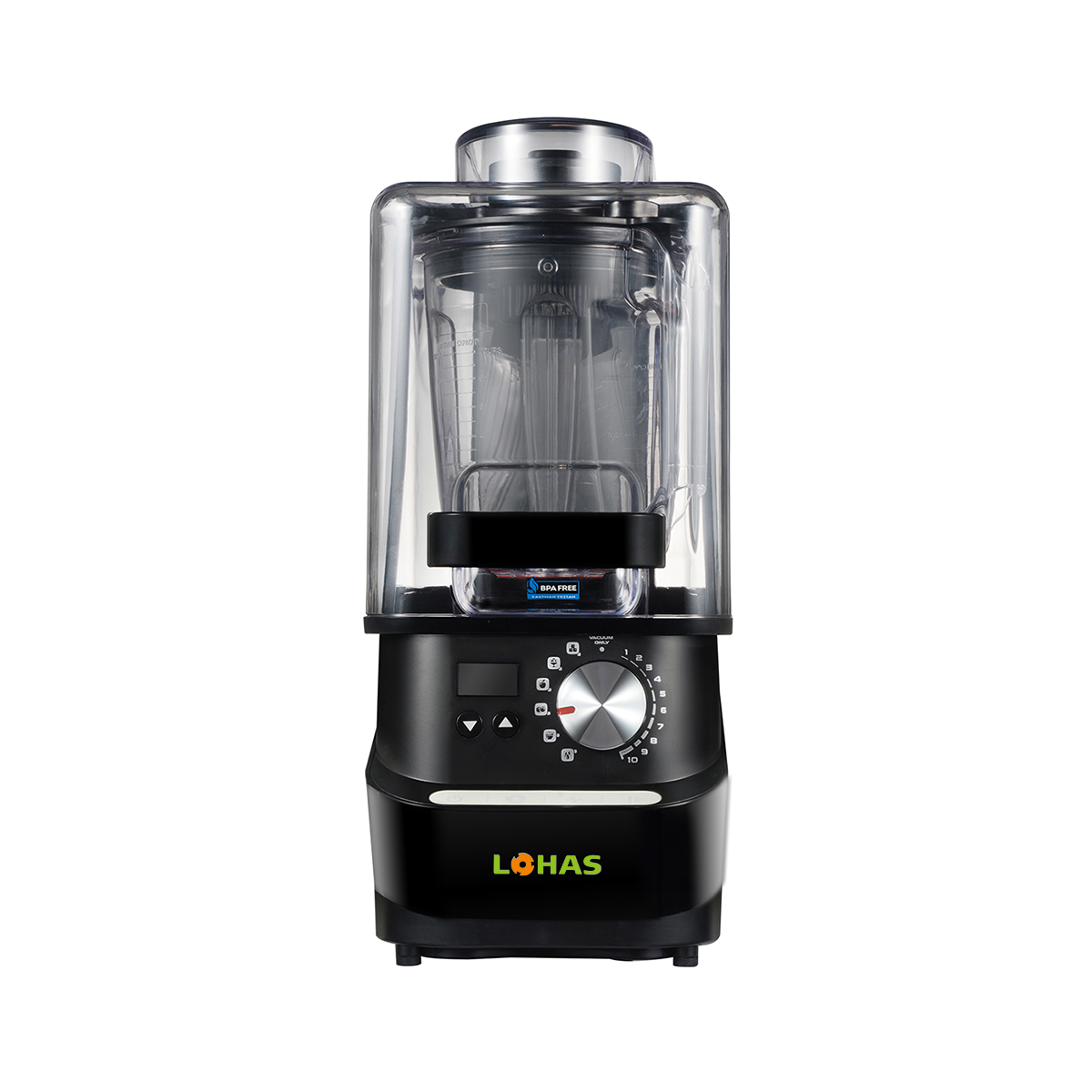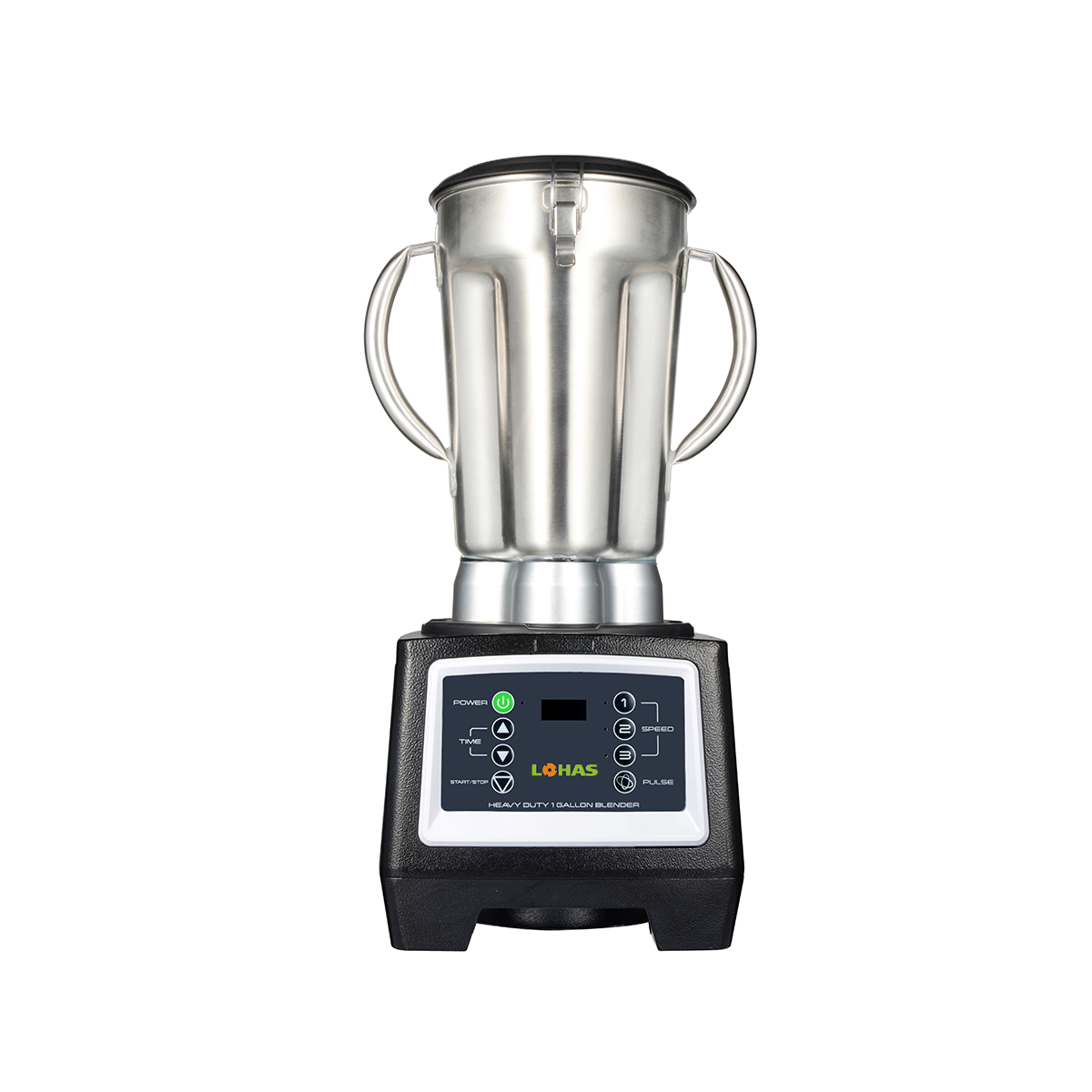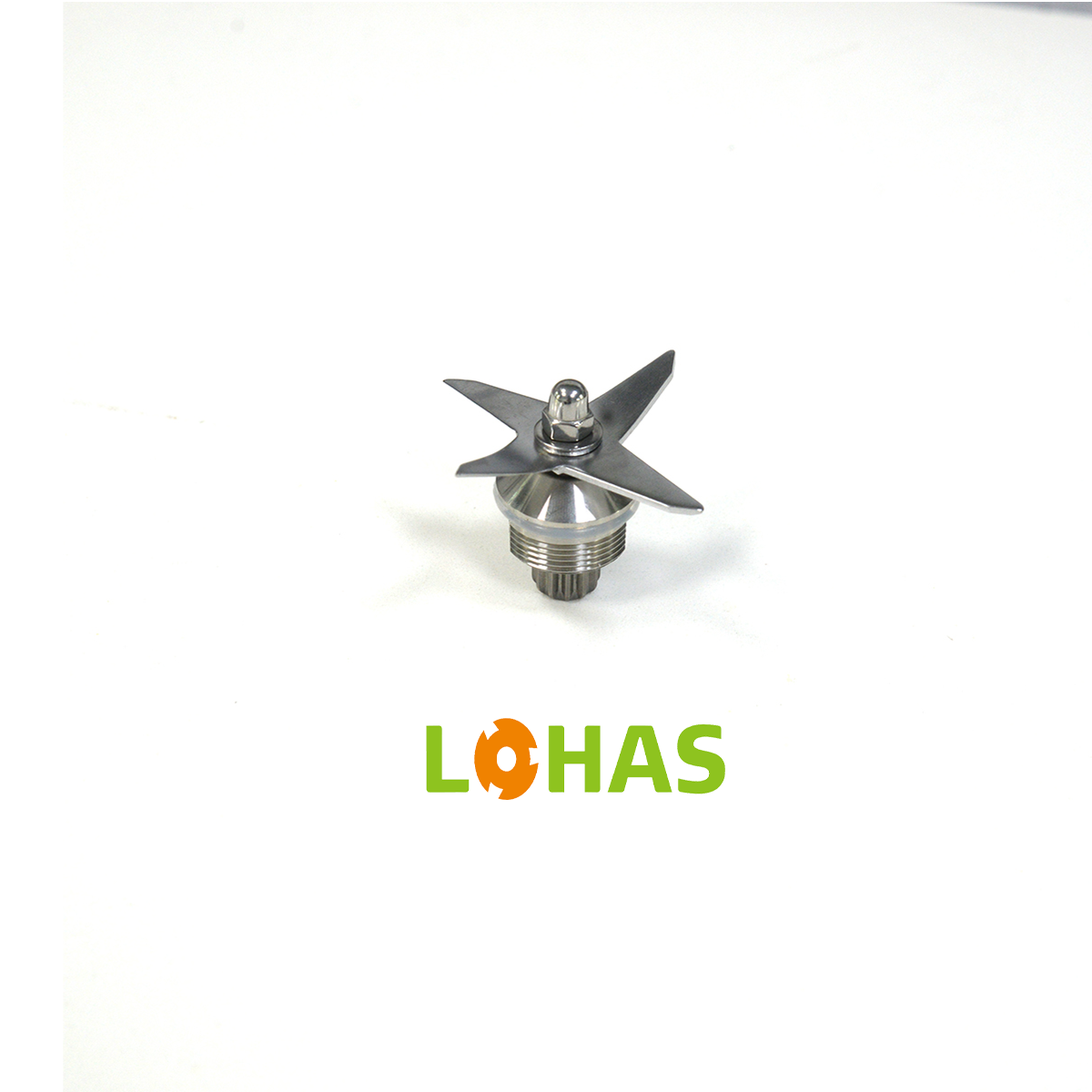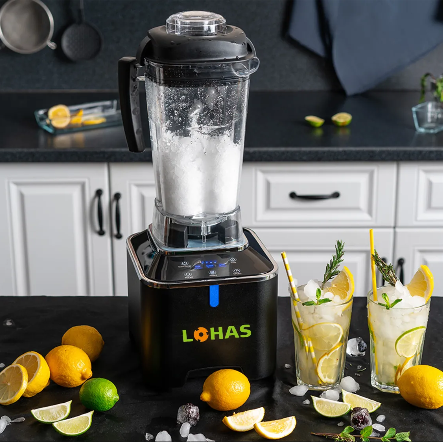Ymmärtäminen Sekoituslaite Tiivisteet ja tiivistykset
Tiivisteiden tehtävä nesteiden sisältämiseen
Tiivisteet ovat keskeisessä asemassa varmistettaessa, että nesteet pysyvät sisällä sekoitettaessa, estämällä vuodot. Ne estävät paineen ja muodostavat tiukan tiivisteen sekoituslaite osien välille. Mikä tahansa tiivisteen eheyden heikkeneminen voi johtaa suorituskykyongelmiin, kuten vuotoihin, mikä saattaa aiheuttaa turvallisuusriskin tai vaikuttaa sekoitetun tuotteen laatuun. Materiaalin valinta vaikuttaa merkittävästi tiivsteen tehokkuuteen, joissa silicone ja kumi ovat suosittuja vaihtoehtoja niiden kestävyyden ja sopeutumiskyvyn vuoksi erilaisiin olosuhteisiin. Esimerkiksi silicone tarjoaa erinomaisen lämpötilankestävyyden ja joustavuuden, mikä tekee siitä sopivan erilaisiin sekoitussovelluksiin, kun taas kumi tarjoaa kestävyyttä ja hyvät tiivistysominaisuudet.
Kuinka sulkuosat suojaavat moottoria vaurioilta
Tiivisteet ovat ratkaisevan tärkeitä sekoittimien moottorien suojaamisessa, sillä ne estävät pölyn ja kosteuden pääsyn sekä varmistavat optimaalisen voitelun. Tiivisteiden rikkoutuminen voi johtaa vakaviin seurauksiin, kuten ylikuumenemiseen tai jopa moottorin palamiseen, mikä lyhentää merkittävästi sekoittimen käyttöikää. Tiivisteiden vuotaminen aiheuttama moottorin ylikuumeneminen voi johtaa peruuttamattomiin vaurioihin, jotka edellyttävät kalliita korjauksia tai vaihtoa. Valmistajien ohjeet korostavat usein tiivisteiden keskeistä roolia sekoituslaite huollossa. Tehokkaasti estämällä saasteet tiivisteet varmistavat moottorin sujuvan toiminnan, vähentävät käyttökatkoja ja pidentävät laitteen käyttöikää.
Materiaalin yhdiste ja kestovuuteen liittyvät tekijät
Tiivisteiden ja tiivistysten osalta materiaalin valinta vaikuttaa suuresti niiden kestävyyteen ja suorituskykyyn. Yleisesti käytettyjä materiaaleja ovat kumi, siliconi ja neopreeni, joilla jokaisella on ainutlaatuisia ominaisuuksia, jotka sopivat tiettyihin sovelluksiin. Nämä materiaalit valitaan niiden kyvyn vuoksi kestää sekoittamisen vaatimukset, mukaan lukien altistuminen vaihteleville lämpötiloille ja voimakkaille puhdistusaineille. Asiantuntijat korostavat usein kumia sen kestävyyden ja kustannustehokkuuden vuoksi, kun taas siliconia arvostetaan sen joustavuudesta ja hajoamista vastaan kestävyydestä kuumissa olosuhteissa. Teollisuuden ammattilaiset suosittelevat harkitsemaan sekoitustehtävän tyyppiä materiaalin valinnassa, jotta saavutetaan optimaalinen suorituskyky ja pitkä ikä. Tekijät, kuten lämpötilan vaihtelut ja kemikaalien kanssa altistuminen, voivat muuttaa näiden osien käyttöikää, ja oikean materiaalin valinta voi vähentää näitä riskejä, varmistaen kestävämmän ja luotettavamman sekoitusprosessin.
Omat Merkki Sekoituslaite Osia, jotka on vaihdettava välittömästi
Jatkuvat vuodot kiristämisestä huolimatta
Jos sekoittimesi vuotaa, vaikka olet yrittänyt tiivistää kaikki osat parhaasi mukaan, on selvää että osien vaihto tarvitaan. Vuodot voivat vaikuttaa sekoittimen toimintaan ja heikentää käyttäjän turvallisuutta aiheuttamalla sähkövaaratilanteita tai levottomia tilanteita, jotka voivat johtaa liukastumisiin ja kaatumisiin. Yleisiä syitä vuotoihin ovat kuluneet tiivisteet, jotka eivät pysty ylläpitämään kunnollista tiivistystä, sekä väärin asennetut tiivisteet, jotka eivät istu tiiviisti. Vuotojen vakavuuden perusteella suosittelen näiden osien vaihtamista heti, kun huomattavat vuodot jatkuvat ajan mittaan. Huoltotilastojen mukaan osia, kuten tiivisteitä, tulisi usein vaihtaa vuosittain tai tarpeen mukaan estääkseen toistuvia ongelmia.
Homeen kasvu ja hajujen pidättäminen
Muovin tai kestävien hajujen esiintyminen sekoittimessasi viittaa kosteuden kertymiseen ja virheellisiin tiivisteisiin, mikä voi aiheuttaa terveysriskejä. Homeen kasvu voi tuoda haitallisia bakteereja ruokaan, mikä saattaa johtaa mahdollisiin sairauksiin. Estääksesi homeen kasvua, varmista että kuivaat kaikki osat perusteellisesti puhdistuksen jälkeen ja harkitse säännöllisiä tarkastuksia ja huoltoa. Rochesterin yliopiston lääketieteellinen keskus korostaa, että likaantuneet keittiön laitteet, kuten sekoittimet, voivat säilyttää bakteereita ajan myötä, ellei niitä huolleta asianmukaisesti. Säännöllinen purkaminen ja syväpuhdistus, erityisesti vaikeasti saatavilla olevissa kohdissa, voi vähentää näitä riskejä ja pitää sekoittimesi puhtaana ja turvallisena.
Kuinka usein vaihtaa sekoittimen osia: asiantuntijoiden suositukset
Vaihtoväliä koskien koti vs. kaupallinen käyttö
Seosten vaihtoväli vaihtelee merkittävästi sen mukaan, käytetäänkö niitä kotona vai kaupallisessa käytössä. Kotikäyttäjät yleensä vaihtavat osia, kuten tiivisteitä ja sulkuosia, muutaman vuoden välein, koska sekoittimia käytetään yleensä harvemmin. Kaupallisia sekoittimia taas käytetään kovassa päivittäisessä käytössä, jolloin osien vaihto vaaditaan muutaman kuukauden välein optimaalisen suorituskyvyn ylläpitämiseksi. Näihin aikatauluihin vaikuttavia tekijöitä ovat käyttömäärä, sekoitettavien ainesosien tyyppi sekä huoltotoimenpiteiden noudattaminen. Säännölliset tarkastukset ja ajallaan tehtävät vaihdot voivat estää toimintahäiriöt kaupallisissa olosuhteissa, joissa sekoittimet ovat ratkaisevan tärkeitä liiketoiminnalle. Alan asiantuntijoiden mukaan sekoitinosien elinkaaren maksimoimiseksi tarvitaan johdonmukaista puhdistusta ja ajallaan tapahtuvia vaihtoja, erityisesti niille komponenteille, jotka altistuvat runsaalle kulumiselle.
Puhdistustottumusten vaikutus osien kestoon
Puhdistustottumukset vaikuttavat merkittävästi sekoittimen osien kestoon, erityisesti tiivisteisiin ja sulkuosia. Säännöllinen puhdistus ei-irtiävillä puhdistusaineilla pidentää näiden osien elinikää kulumaan liittyvien vaurioiden ehkäisemisen kautta. Kova-aineiset kemikaalit voivat heikentää osia, mikä voi johtaa vuotoihin tai toimintahäiriöihin. Näitä väitteitä tukevana tutkimustiedon mukaan asianmukainen huolto vähentää sekoittimen osien vikaantumista merkittävästi, parantaen siten tehokkuutta ja laitteen käyttöikää. Omistajan käyttöohjeet suosittelevat välttämään astianpesukonetta ja suosimaan käsipesua lievilla pesuaineilla. Jatkuvasti julkaistu tutkimus osoittaa, että kun sekoittimia huolletaan säännöllisesti, luotettavuusarvosanat paranevat jopa 25 prosenttia. Säännölliset tarkastukset varmistavat, että osat pysyvät optimaalisessa kunnossa, mikä vähentää tarvetta ennenaikaisille vaihdoille.
Itse tehtävät korjaus- ja huoltovinkit
Vaiheittainen tiivisteen vaihto-opas
Sealauksen vaihtaminen sekoittimessa on suoraviivainen prosessi, joka vaatii huolellista tarkkuutta ja oikeita työkaluja. Aloita tunnistamalla vaihdettava sealaus tarkistamalla sitä kuluneisuuden merkkejä. Kun olet tunnistanut sen, poista sekoittimen teräkokoelma päästäksesi käsiksi sealaukseen. Tähän prosessiin tarvittavia keskeisiä työkaluja ovat ruuvimeisseli teräkotelon irrottamiseen sekä voiteluaine, mikäli sealaus istuu tiukasti. Nosta vanha sealus varovasti irti tarvittaessa pinsetillä tai litteällä työkalulla. Ennen uuden sealauksen asennusta varmista, että ura on puhtaana ja siitä on poistettu roskat, jotta saavutetaan tiivis istuma. Aseta uusi sealus tiukasti paikalleen varmistaen, että se istuu tasaisesti uraan. Kokoaa teräkotelo takaisin purkamisen käänteisessä järjestyksessä ja suorita lyhyt testi varmistaaksesi asennuksen onnistumisen. Visuaalisten apuvälineiden saamiseksi tämän prosessin avuksi harkitse verkosta löydettävien videopäivitysten katsomista, jotka tarjoavat vaiheittaisia ohjeita ja selittävät sealauksen vaihdon hienovaraiset kohdat.
Valitsema oEM vs. Kolmannen osapuolen tiivisteet
Oikean tiivisteen valitseminen sekoittimeesi edellyttää harkintaa OEM- (alkuperäisen valmistajan) ja kolmannen osapuolen tiivisteiden välillä. OEM-tiivisteet valmistaa sama yritys kuin sekoitin, mikä takaa yhteensopivuuden ja luotettavuuden. Ne noudattavat usein tiukkoja laatuvaatimuksia ja tarjoavat optimaalisen istuvuuden ja suorituskyvyn, vaikkakaan ne saattavat joskus olla kalliimpia. Kolmannen osapuolen tiivisteet puolestaan tarjoavat kustannustehokkaita vaihtoehtoja, mutta niiden laatu ja yhteensopivuus voivat vaihdella. Vaikka ei-OEM-vaihtoehdot voivat olla budjetin kannalta edullisempia, ne voivat aiheuttaa riskejä, kuten ennenaikaista kulumista tai heikentynyttä suorituskykyä huonolaatuisien materiaalien tai suunnittelun epäjohdonmukaisuuksien vuoksi. Kuluttajien mieltymykset tasapainottuvat usein luotettavuuden ja kustannustehokkuuden välillä. Markkinatiedot osoittavat, että monet käyttäjät suosivat OEM-tiivisteitä niiden taatun istuvuuden vuoksi, kun taas toiset valitsevat kolmannen osapuolen tiivisteitä säästääkseen. On suositeltavaa punnita näitä tekijöitä huolellisesti, ottaen huomioon käyttotiheys ja tiivisteen materiaali, jotta voidaan tehdä perusteltu päätös siitä, mikä vaihtoehto parhaiten vastaa omia tarpeita.
UKK
Mitkä materiaalit ovat parhaita sekoittimien tiivisteisiin ja tiivistyksiin?
Silikoni ja kumi ovat yleisiä vaihtoehtoja tiivisteille niiden kestävyyden, lämpötilankestävyyden ja sopeutumiskyvyn vuoksi erilaisiin olosuhteisiin. Tiivistyksille on tärkeää, että ne estävät pölyn ja kosteuden pääsyn samalla varmistaen moottorin voitelun.
Kuinka usein minun tulisi vaihtaa sekoittimen tiivisteet ja tiivistykset?
Kotikäytössä osat vaihdetaan yleensä muutaman vuoden välein, mutta kaupallisissa sekoittimissa vaihdot saattavat tarvita joka muutama kuukausi raskaan käytön vuoksi. Säännölliset tarkastukset ovat ratkaisevan tärkeitä, jotta voidaan määrittää, ovatko vaihdot tarpeen.
Ovatko OEM-tiivisteet parempia kuin kolmannen osapuolen tiivisteet?
OEM-tiivisteet ovat yleensä luotettavampia, koska niihin liittyy takuu sopivuudesta ja laadusta. Kuitenkin kolmannen osapuolen tiivisteet voivat olla kustannustehokkaampia. Valinta riippuu yksilöllisistä tarpeista ja käyttötiheydestä.

